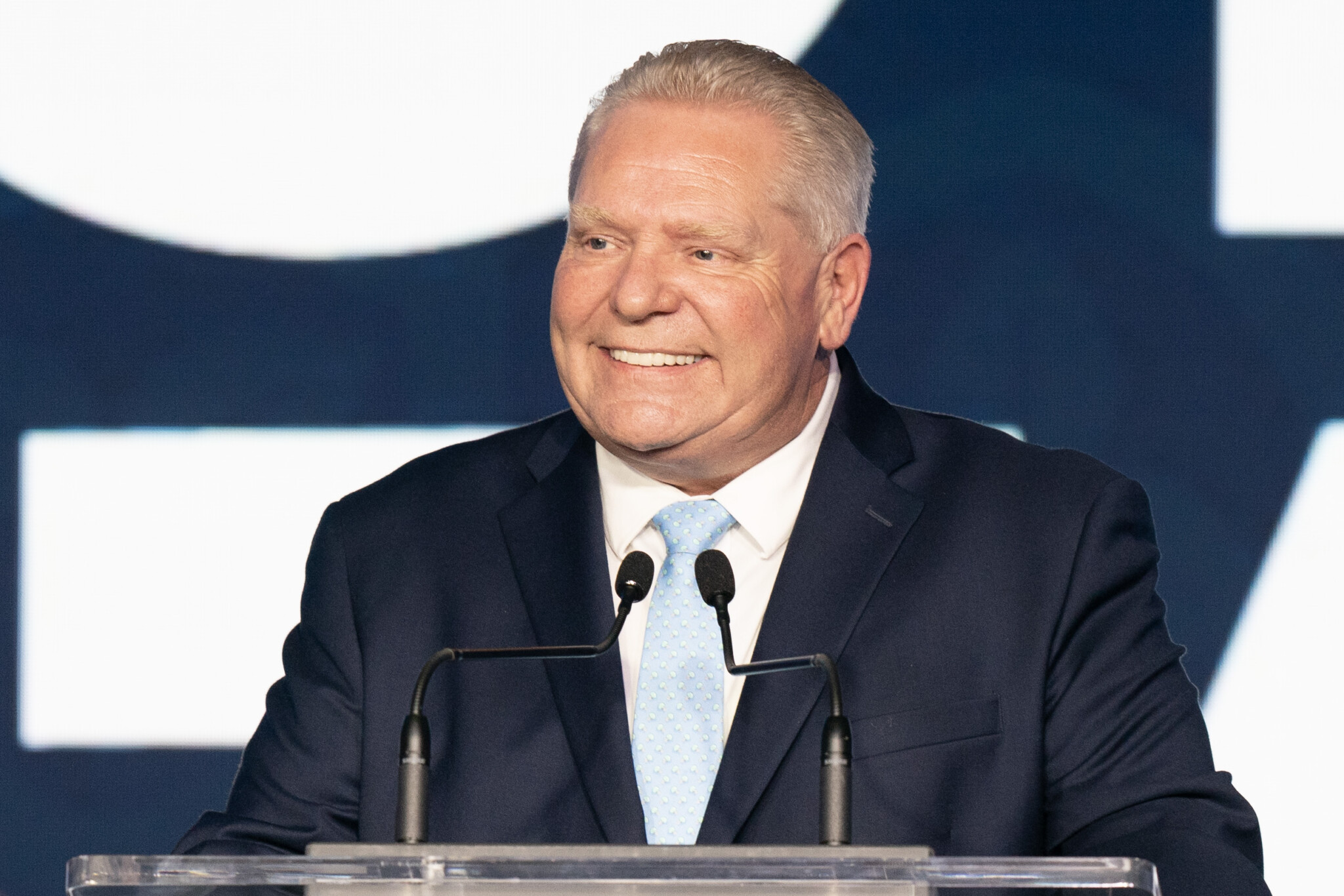Welcome to Need to Know, The Hub’s roundup of experts and insiders providing insights into the developments Canadians need to be keeping an eye on.
Today’s weekend edition dives into thought-provoking research from think tanks, academics, and leading policy thinkers in Canada and around the world. Here’s what’s got us thinking this week.
Canada is in for some rough economic waters ahead. Royal Bank of Canada (RBC) now projects that Canadian real GDP will only grow by 1.5 percent in 2025 and 1.3 percent in 2026. The growth trajectory looks even worse for Ontario, where real GDP growth is projected to be a paltry 1.2 percent this year and next.
This is a sharp deterioration from what RBC was projecting last March. Just a year ago, the bank estimated that Canada’s real GDP growth would be 2.2 percent, and Ontario’s would be more than a full percentage point higher at 2.3 percent.
While President Trump’s trade war is certainly depressing Canada’s economic growth outlook, the reality is that Canadians have been on economically shaky ground for several years. GDP per capita, a measure of average living standards, has been in decline for the past few quarters, our business investment has been low relative to our peers, and much of the country has been gripped by an affordability crisis.
Canada can’t control the actions of the U.S. president, but we can put our own economic house in order. Let’s look at a few recent proposals.
It’s time for Ford to reduce the tax burden on Ontarians
Ontario’s economic growth is projected to be below Canada’s for the next two years, according to RBC. Given this reality, there is an opportunity for the province to pursue pro-growth tax reform and shake off some of its economic shackles.
However, a new report by the Fraser Institute reveals that Ontario’s tax burden has increased under Premier Doug Ford’s Progressive Conservative government, despite campaign promises to lower taxes. The study finds that while Ford was critical of his Liberal predecessor’s tax hikes, his government has not meaningfully reduced tax rates. In fact, tax revenue as a share of GDP has climbed from 12.1 percent in 2017-18 to 13.4 percent in 2023-24. On a per-Ontarian basis, the tax burden has risen to over $9,400, meaning that the tax revenue increases outpaced population growth.
The report highlights that personal and corporate income tax rates have remained unchanged since the McGuinty and Wynne governments, with Ontario still imposing one of the highest top personal income tax rates in North America.









